
At Design Shanghai 2018, young Chinese designers show their global savvy with creative use of cultural traditions
Chinese designers are forging ahead with a new sense of confidence, savoir faire and respect for home-grown materials and craft techniques, as seen at this year’s Design Shanghai fair
The fifth edition of Design Shanghai, China’s first and largest contemporary design fair, drew more than 67,000 visitors to the Shanghai Exhibition Centre from March 14 to 17 and starred renowned international brands such as Ligne Roset, Lasvit and Carl Hansen & Son.
An important part of the event, however, were the emerging young Chinese designers and creators who have been making significant inroads in a market that has until now been dominated by large international companies.
“Seventy of the 400 design brands on show this year were Chinese,” said Ross Urwin, the event’s creative director. “We are often asked who the Chinese Tom Dixon will be.”
The Chinese Australian architect who’s the go-to guy for fashion retail
This new generation, following hot on the heels of established local designers – such as furniture makers Stellar Works, architecture practice Neri & Hu and gallerist Pearl Lam – are creating wares with the savoir faire of the Europeans, Japanese and Koreans, but with a new sense of confidence and respect for their own local materials and craft techniques.
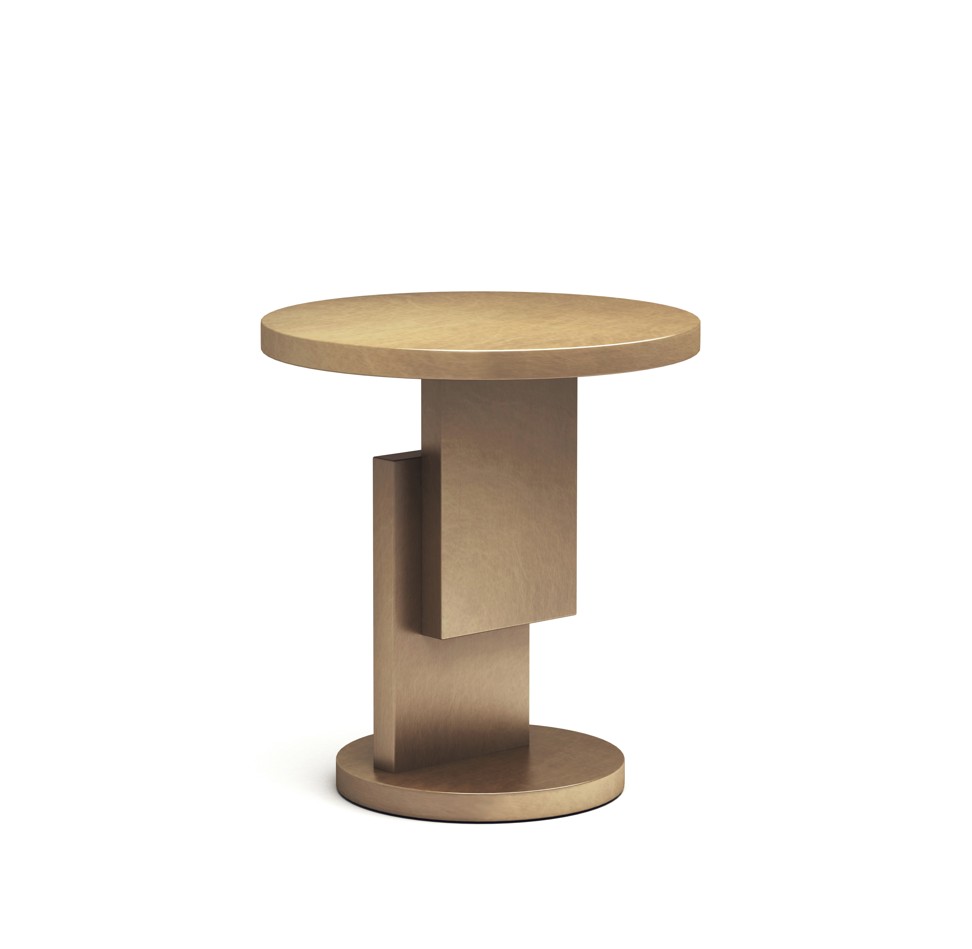
Yiyangyisheng, for example, a studio based in Jingdezhen in Jiangxi province, is bringing a fresh touch of style as it reinvigorates traditional Chinese teacup and bowl forms with original materials (such as silver) and fluid modern-style ink painting. The products’ contemporary precision, quality and design add a new perspective to age-old wares.
Continuing with the tea theme, designer Liu Qiming from lifestyle brand Zens combines China’s ancient tea culture with modern-day travel in the Moon Travel Tea Set. The glass teapot and pair of double-sided cups are enclosed in a protective case decorated with playful patterns.
“We call it Moon because the moon travels with you all the time, and the tea set is designed to travel with you too,” Liu said. “Tea culture is changing rapidly, but we want to emphasise it as a social tool.”

More proof of an emerging Chinese aesthetic was evident in the simple yet elegant furniture presented by Frank Chou Design Studio, a young Beijing-based practice that is gaining a reputation as one of the brightest rising stars in the Chinese design world. Its pared down shelving with marble dividers, and sofas designed around natural contours, are characteristic of the way young Chinese are living today, said founder Frank Chou.
The studio has exhibited at Design Shanghai since the inaugural show, something Chou says has been invaluable in developing his aesthetic.
“We don’t want to follow traditional Chinese styles, but at the same time we need to figure out what makes modern Chinese different to Western styles. The challenge is to find our own design language,” he said.

Guangzhou-based studio Bentu (meaning “locally made”) debuted at this year’s fair with simple concrete lamps, vases and wall panels. Accessory brand Minimaist, meanwhile, showcased products that reinterpreted fashion designer Qian Qingtong’s imaginative takes on Chinese and Parisian floral arts (Qian won the fair’s AD Emerging Chinese Designer Award in 2017).
A nuanced relationship between Chinese and Western design traditions was also evident at furniture and lighting studio Wuu. Thirty-year-old designer Furong Chen has become increasingly popular in the last few years with his refined collection of lights in brushed bronze and black aluminium that embody the idea of simplicity.
“My work may reference Western design, but I’m not interested in copying it,” Chen said. The designer is one of the first Chinese product designers to have works sold at Lane Crawford.
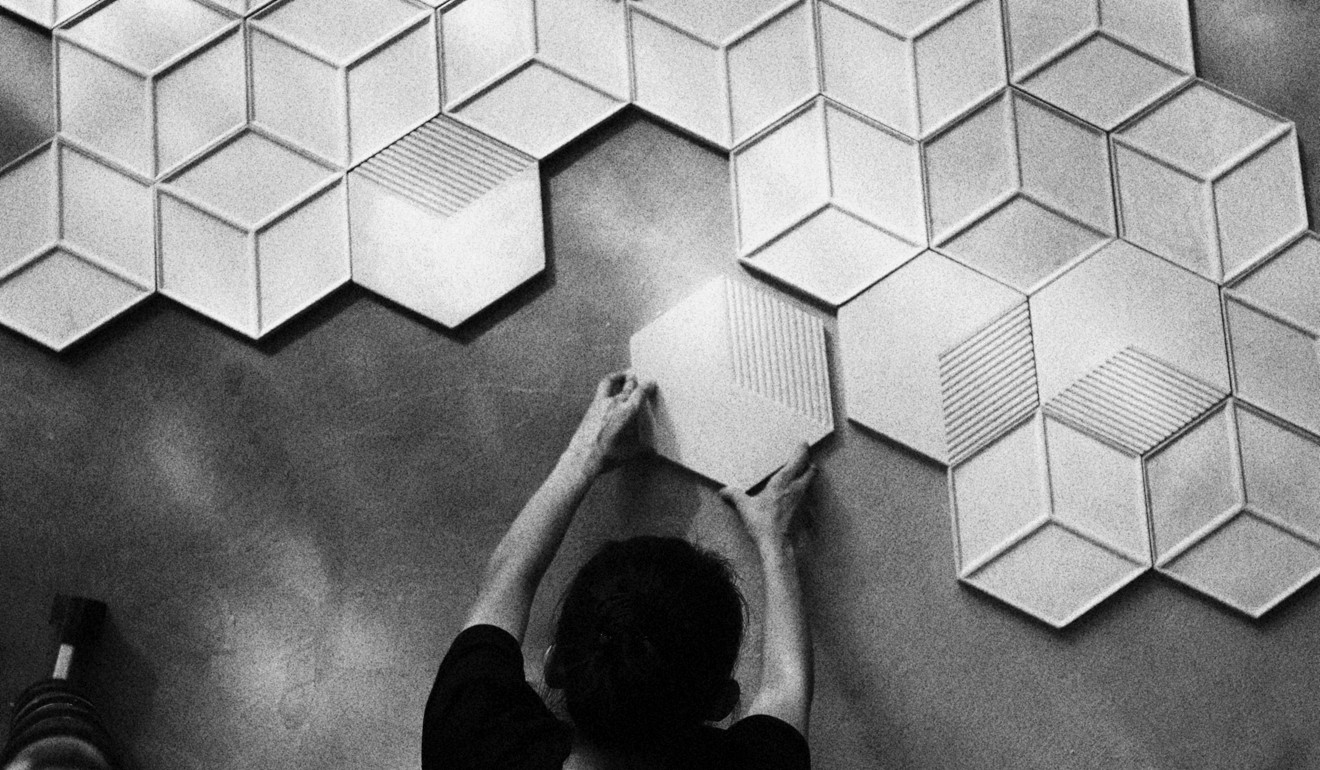
Elsewhere, Beijing design studio Maxmarko showed Derek Chan’s bold new furniture collection, conceived in a sensuously pink palette. The collection was launched at the Bulgari Hotel in Shanghai in December.
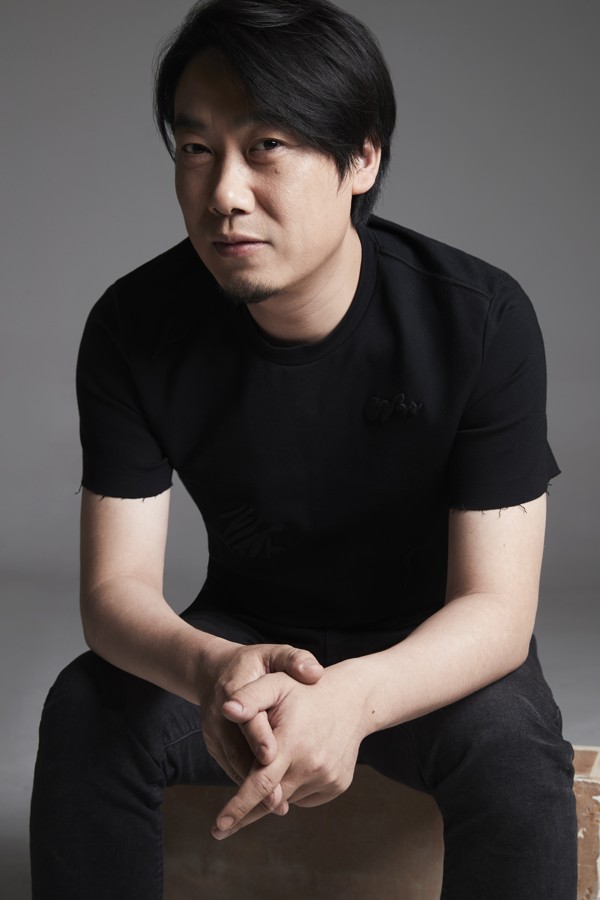
Contemporary eyewear brand Ipluso returned to the fair for the third year with glasses whose shape and colour are specially designed to suit Chinese customers, founder Penny Lee said. A popular style called Eclipse featured a modern rendition of retro 1950s spectacles.
“For the frames we use colours like green and white jade that go well with Asian skin tones,” Lee said.
The brand’s novel advertising programme invites friends aged 20 to 80 to be photographed wearing the glasses, showing the growing appreciation in China for design that transcends age and gender.
“We came to the first and second Design Shanghais and we’ve seen a big change in the quality of local design – not just in the products, but how they are presented at the show,” Lee said. “It’s been a very useful learning experience.”

Hangzhou-based design brand Defront also focused on the local market with its sleek Hei Tea Set that simplifies the stages of a traditional tea ceremony by integrating the parts into a portable set. The design, which was funded on Kickstarter in just three days, took the Emerging Chinese Designer Award at this year’s fair, thanks largely to its use of design to engage with Chinese traditions in new ways.
“Tea is our culture, but younger generations find the tradition old-fashioned and complicated,” said its designers Jingzi Pan and Danyang Fu. “It is no longer enough to design something that simply looks beautiful; it must also operate in an efficient way.”
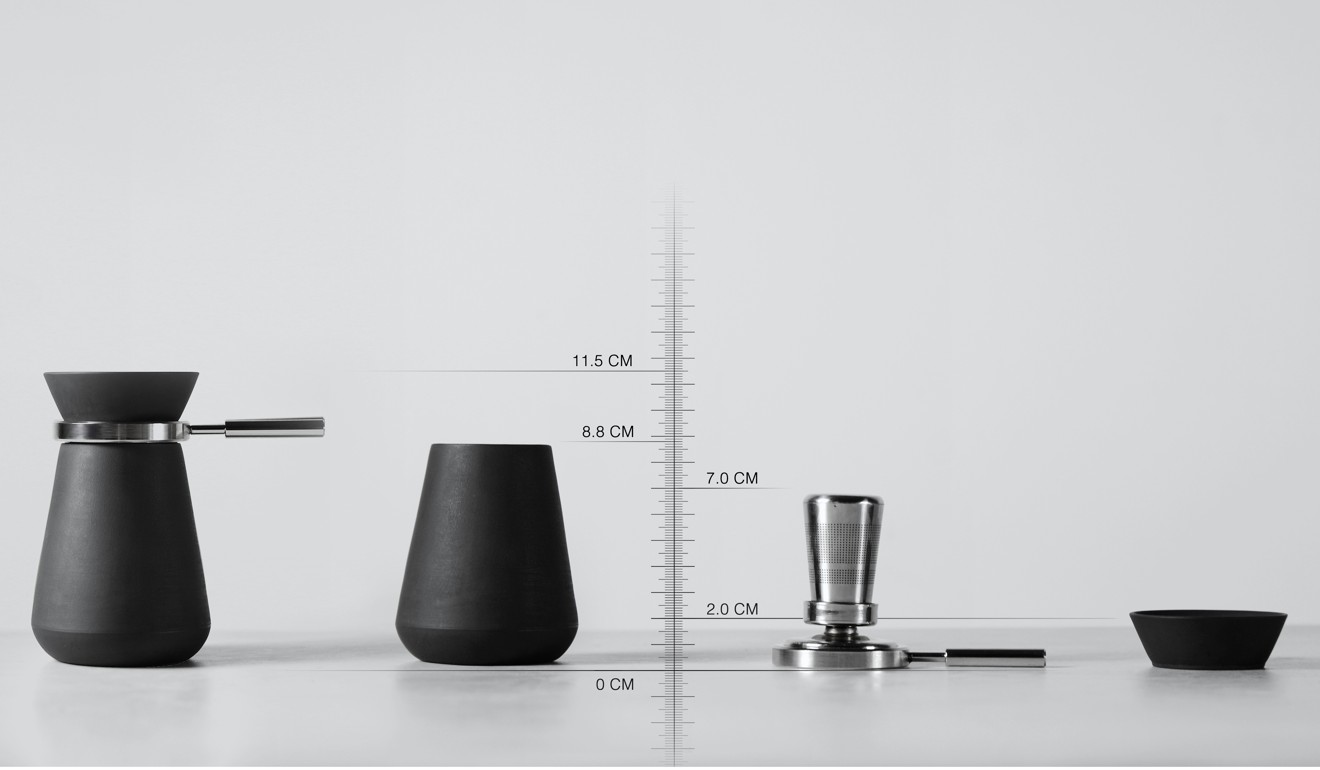
The designers used pigmented natural Yixing clay, steam-condensed bamboo, and metal to create the tea set and transform the traditional tea-making experience. A thermometer on the lid of the teapot allows the user to measure water temperature, while a teaspoon-shaped metal infuser attaches directly to the thermometer via a magnet, making it easy to remove.
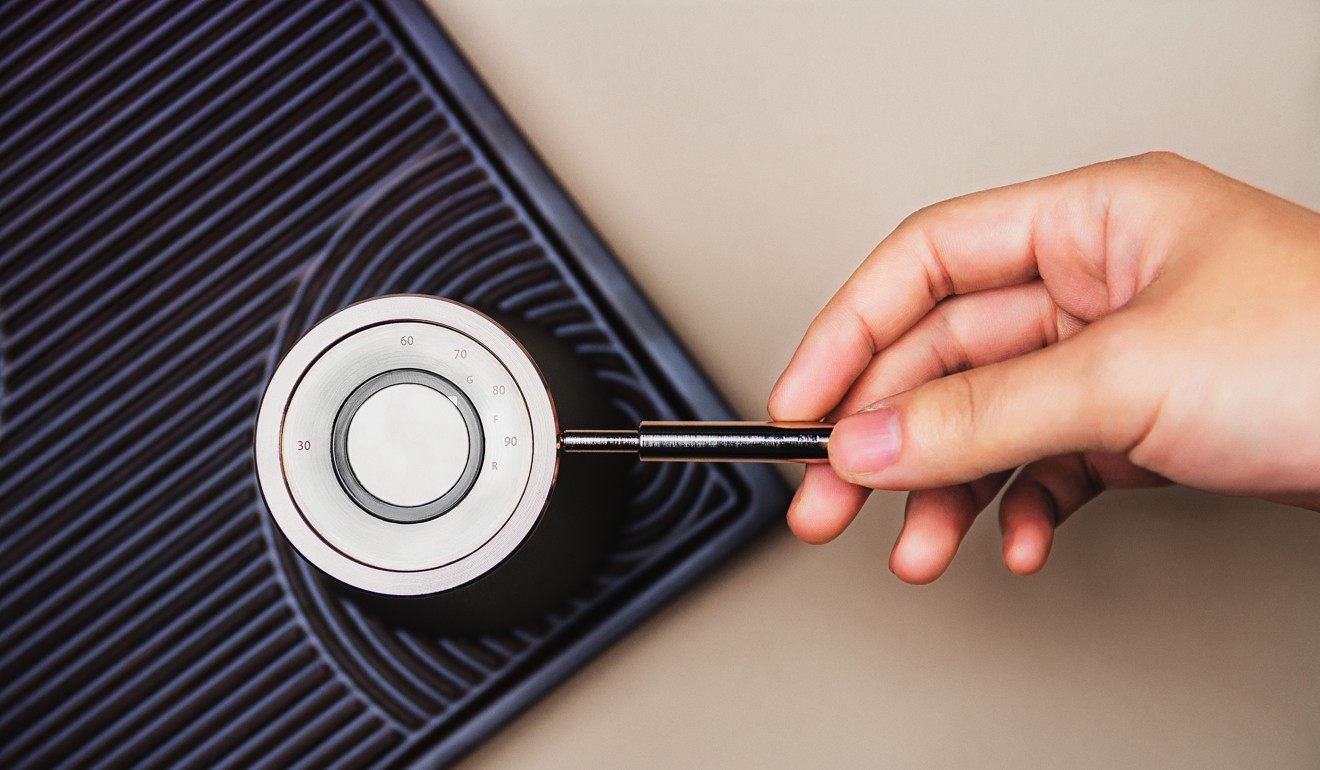
Beijing-based furniture designer Jeff Dayu Shi, who helped judge the award, says he was struck by the industrial-yet-poetic nature of the design. He noted that this is part of a change in the way young creatives are thinking about “putting the Chinese cultural gene into their design”.
“Designers like Frank Chou have developed very fast, and more designers are going abroad to learn about design and then coming back to China, so there is a far more sophisticated understanding of the difference in cultures,” Shi said.
Small space no match for clever design in Hong Kong apartment
Urwin said it is refreshing to witness the attention to detail emerging in Chinese design today.
“Chinese designers now understand both their domestic and the international market exceptionally well and have already begun to jump ahead to carve out their own identity by incorporating their cultural language within their designs.”
Watch out Tom Dixon...

